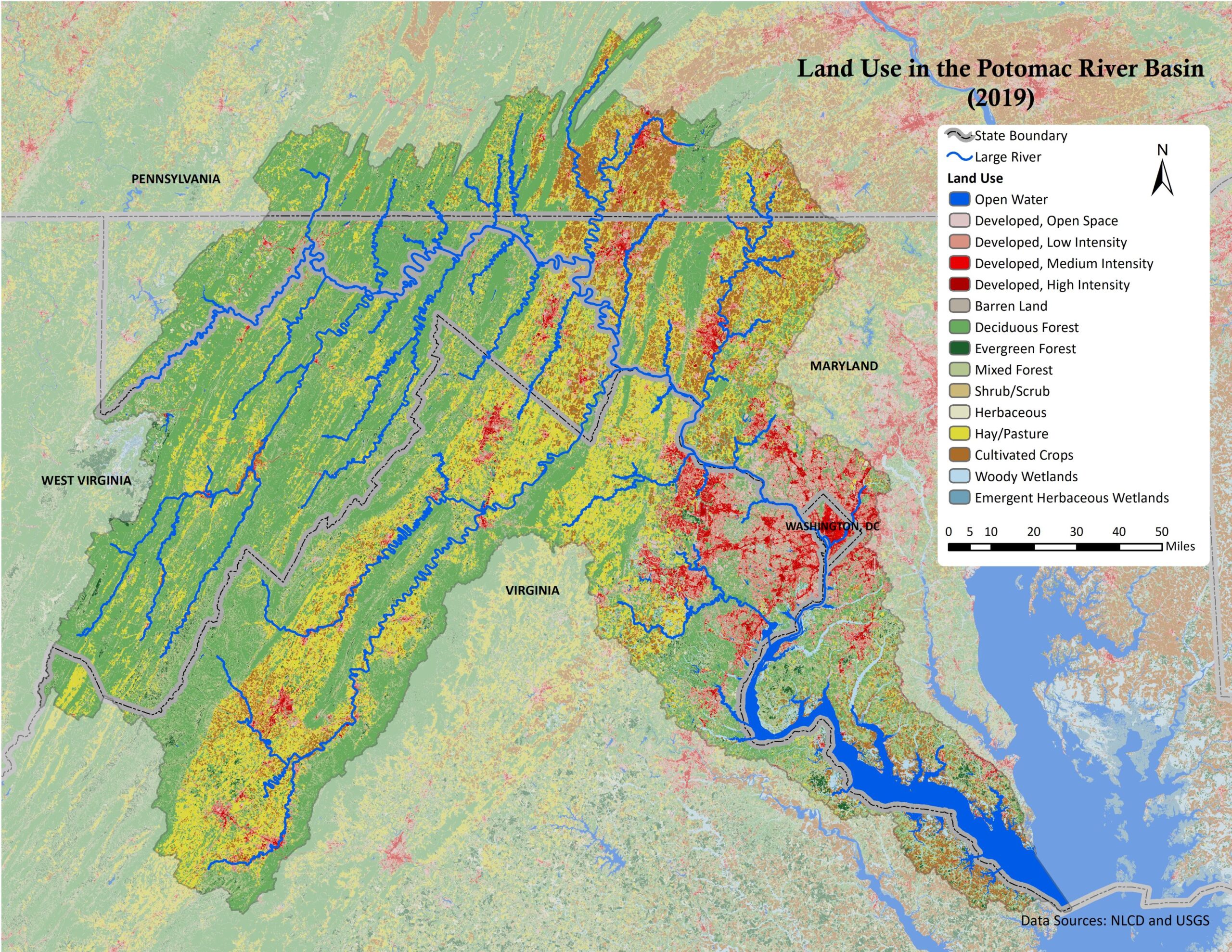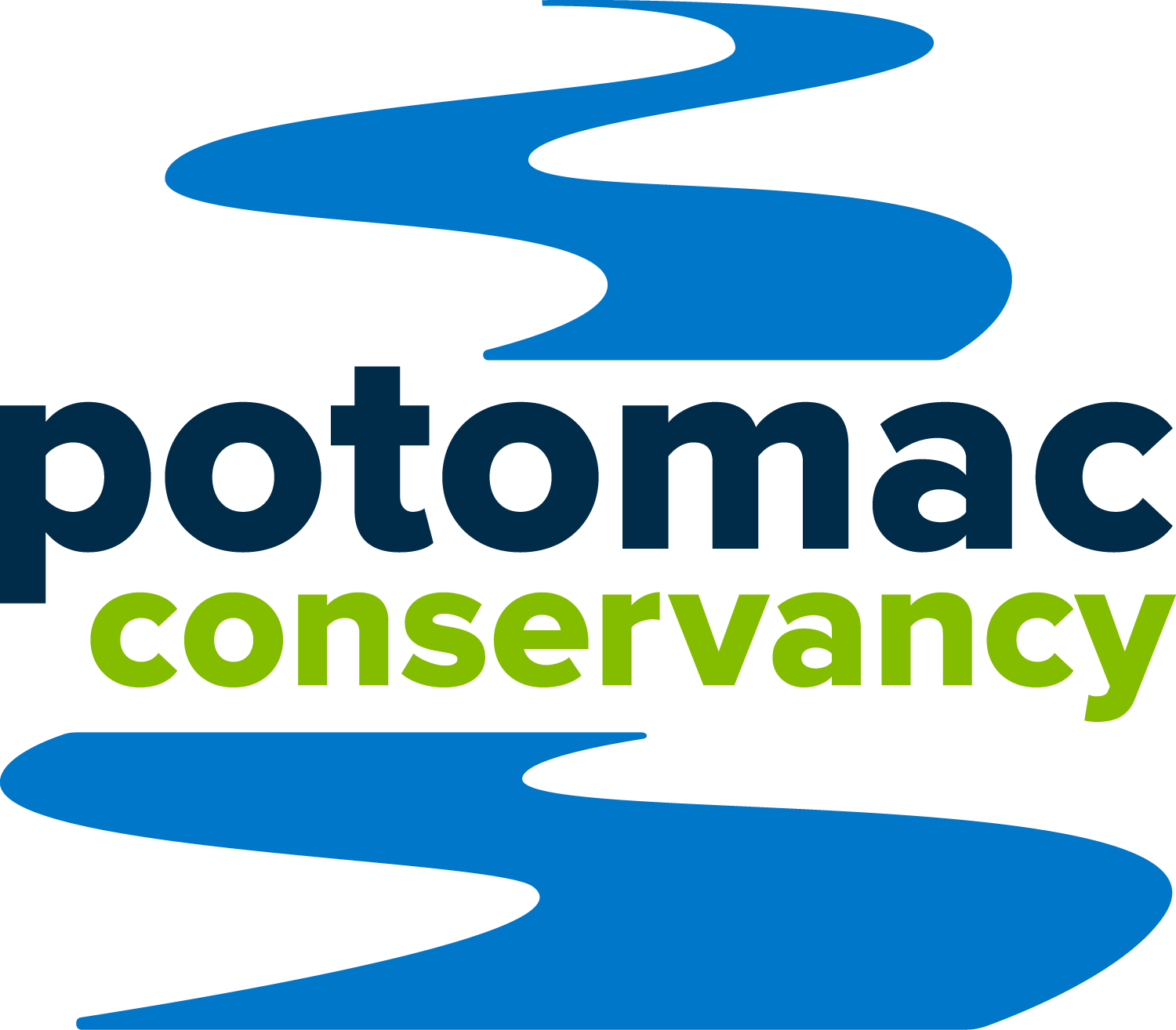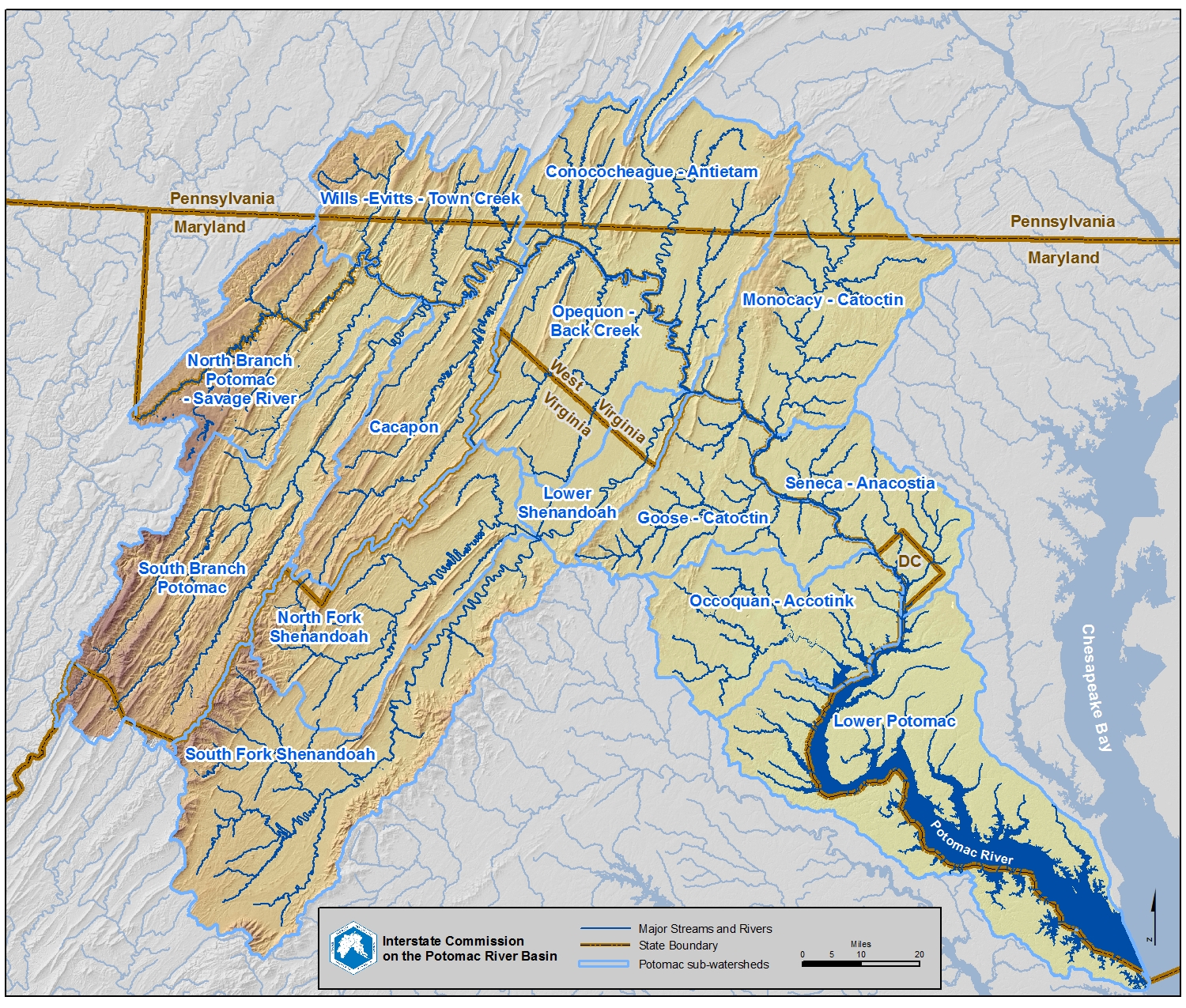Unveiling the Natural Beauty and Rich History of Potomac: The Geographic and Cultural Significance of the River and its Surroundings
Located in the heart of the United States, the Potomac River is a majestic waterway that has played a pivotal role in shaping the country's history, economy, and culture. Stretching over 405 kilometers, the Potomac River flows through the states of Maryland and Washington D.C. and has been a vital source of transportation, commerce, and recreation for centuries. In this article, we will delve into the geographic and cultural significance of the Potomac River and its surroundings, exploring its natural beauty, historical landmarks, and the economic and social impacts it has had on the communities that rely on it.
Overview of the Potomac River
The Potomac River originates in the Allegheny Mountains of West Virginia and flows northwards through Maryland and Washington D.C. before emptying into the Chesapeake Bay. Along its length, the river passes through several notable cities and towns, including Hagerstown, Maryland; Frederick, Maryland; and Washington, D.C. The Potomac River is known for its rich aquatic life, which includes species such as sturgeon, catfish, and bass.
Natural Beauty of the Potomac River
The Potomac River is renowned for its stunning natural beauty, with numerous scenic overlooks, parks, and recreational areas along its banks. The river's calm waters offer an ideal spot for boating, kayaking, and fishing, while its many tributaries provide a habitat for a diverse range of wildlife. The river's surrounding landscape is dotted with rolling hills, woodlands, and wetlands, creating a unique and picturesque environment.
Historical Significance of the Potomac River
The Potomac River has played a significant role in the history of the United States, with many notable events and figures having taken place along its banks. The river was a major transportation route for early European settlers and Native American tribes, and it was also an important supply route for the U.S. military during the American Civil War. The river's scenic beauty and strategic location made it an attractive spot for settlers and developers, and it was the site of several notable events, including the Battle of Antietam and the Great Fire of 1871.
Economic Significance of the Potomac River
The Potomac River has had a significant impact on the economy of the region, with its strategic location making it an important transportation hub. The river has been a major route for commerce and industry, with goods such as coal, timber, and agricultural products being transported along its length. Today, the river continues to play a vital role in the regional economy, with many businesses and industries relying on its transportation and recreational opportunities.
Cultural Significance of the Potomac River
The Potomac River has a rich cultural heritage, with many notable landmarks and institutions along its banks. The river has been the site of numerous cultural events and festivals, including the famous Fourth of July celebrations in Washington, D.C. The river's scenic beauty has also inspired many artists, writers, and musicians, with many notable works featuring the river as a central theme.
Environmental Concerns
Despite its many benefits, the Potomac River faces several environmental concerns, including pollution, habitat destruction, and invasive species. Efforts are underway to protect the river's natural beauty and promote sustainable development, including initiatives to improve water quality, restore habitats, and promote eco-tourism.
Recreational Activities
The Potomac River offers a wide range of recreational activities, including boating, kayaking, fishing, and swimming. Visitors can explore the river's many scenic areas, including the popular C&O Canal Towpath and the Great Falls Park. The river's recreational opportunities make it a popular destination for outdoor enthusiasts, with many businesses and organizations offering guided tours and equipment rentals.
Conservation Efforts
Conservation efforts are underway to protect the Potomac River and its surrounding environment. Organizations such as the National Park Service, the U.S. Fish and Wildlife Service, and the Potomac River Association are working to protect the river's natural beauty and promote sustainable development. These efforts include initiatives to improve water quality, restore habitats, and promote eco-tourism.
Statistics and Facts
- The Potomac River is approximately 405 kilometers (252 miles) long.
- The river's average flow rate is 1,000 cubic meters per second.
- The Potomac River is home to over 100 species of fish.
- The river's surrounding landscape is composed of over 70% forestland.
- The Potomac River is an important source of drinking water for the city of Washington, D.C.
Conclusion
In conclusion, the Potomac River is a majestic waterway that has played a pivotal role in shaping the history, economy, and culture of the United States. Its natural beauty, historical significance, and economic importance make it a unique and fascinating destination for visitors and locals alike. As we look to the future, it is essential that we prioritize conservation efforts and sustainable development to protect the river's natural beauty and promote its continued growth and prosperity.
Da Vine Joy Randolph Weight
Skyes In 2024
Bhad Bhabied
Article Recommendations
- Jules Ari
- Meg Turney
- Charissa Thompson
- Abby Phillip Net Worth
- Timcott First Wife
- Diane Pol
- Murdoch Mysteries Actories
- Simon Cownisabled
- Andr Meyer
- True Peopleearch


